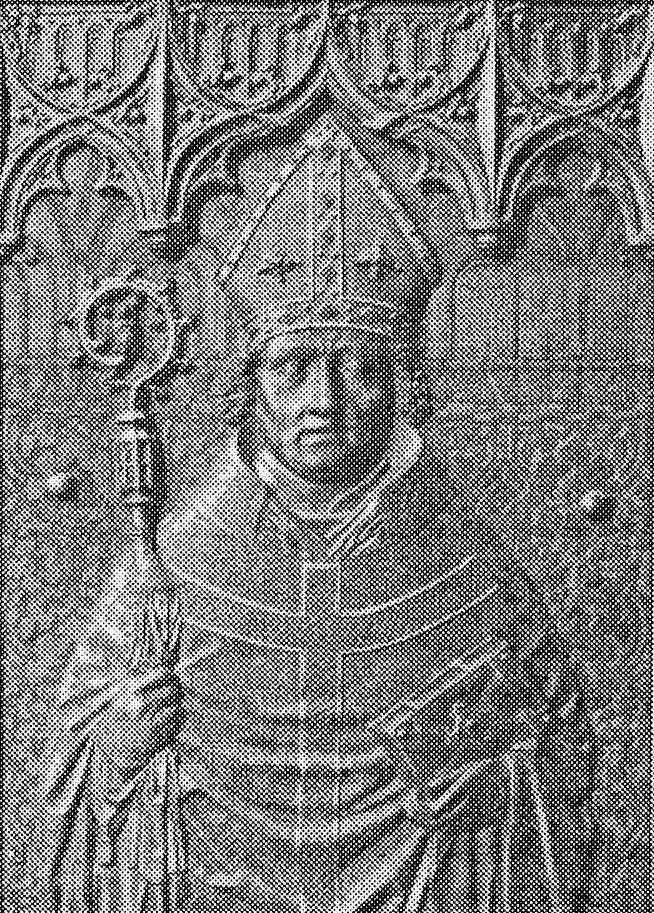|
Jánský Vrch
Jánský Vrch () is a castle located in the Jeseník District in the Olomouc Region of the Czech Republic. The castle stands on a hill above the town of Javorník in the north-western edge of Czech Silesia, in area what was a part of the Duchy of Nysa. For most of its history the castle belonged to the Prince-bishops of Breslau (Wrocław) in Silesia. History The castle is first mentioned in written sources in 1307, when it was still the property of the Princes of Świdnica. In 1348, Bolko II of Świdnica sold it to the Prince-bishop Preczlaus of Pogarell (1341–1376), and since that time, the castle belonged to Breslau bishops. During the 15th century, the castle was considerably damaged by the Hussites and therefore large-scale repairs were needed. The rebuilding of the castle took place under the rule of Bishop Jan IV Roth, at the end of the 15th century, and it was completed in 1509 by his successor – Prince-bishop John V Thurzó (1506–1520). At that time, the ... [...More Info...] [...Related Items...] OR: [Wikipedia] [Google] [Baidu] |
Javorník (Jeseník District)
Javorník (; ) is a town in Jeseník District in the Olomouc Region of the Czech Republic. It has about 2,600 inhabitants. The historic town centre is well preserved and is protected as an urban monument zone. Administrative division Javorník consists of five municipal parts (in brackets population according to the 2021 census): *Javorník (2,140) * Bílý Potok (219) * Horní Hoštice (54) * Travná (56) * Zálesí (25) Etymology The town's name is derived from ''javor'', i.e. 'maple' in Czech. Geography Javorník is located about northwest of Jeseník and north of Olomouc, on the border with Poland. The town proper is situated in the valley of the stream Javornický potok. The larger part of the municipal territory lies in the Golden Mountains, only the eastern part lies in the Vidnava Lowlands. The highest point is the mountain Borůvková hora at above sea level, located on the Czech-Polish border. History 13th–14th centuries The first written mention of Javorn ... [...More Info...] [...Related Items...] OR: [Wikipedia] [Google] [Baidu] |
Johann IV Roth
Johann Roth (; 30 November 1426 – 21 January 1506) was Bishop of Lavant from 1468 to 1482 and Prince-Bishop of Wrocław (Breslau) from 1482 until his death. He was known as a brilliant speaker, humanist and supporter of the arts and learning. The son of the shoemaker Seyfried Roth, John was born in the Swabian town of Wemding (in present-day Bavaria). A gifted young man, John studied in Rome with Lorenzo Valla, and then in 1459 at the University of Padua, where he served as rector of the law school and in 1460 earned a doctorate. Career He befriended Italian humanists including Enea Silvio and held an office in the papal chancery. Johann already served as a secretary of the Habsburg king Ladislaus the Posthumous until his early death in 1457 and then worked in the chancery of Emperor Frederick III who ennobled him in 1464. In 1460 he served as a priest in Sankt Georgen, Austria, in 1464 he was dean of the cathedral in Passau and in 1466 he was made dean of the chapt ... [...More Info...] [...Related Items...] OR: [Wikipedia] [Google] [Baidu] |
Museums In The Olomouc Region
A museum is an institution dedicated to displaying or preserving culturally or scientifically significant objects. Many museums have exhibitions of these objects on public display, and some have private collections that are used by researchers and specialists. Museums host a much wider range of objects than a library, and they usually focus on a specific theme, such as the arts, science, natural history or local history. Public museums that host exhibitions and interactive demonstrations are often tourist attractions, and many draw large numbers of visitors from outside of their host country, with the most visited museums in the world attracting millions of visitors annually. Since the establishment of the earliest known museum in ancient times, museums have been associated with academia and the preservation of rare items. Museums originated as private collections of interesting items, and not until much later did the emphasis on educating the public take root. Etymology The ... [...More Info...] [...Related Items...] OR: [Wikipedia] [Google] [Baidu] |
Castles In The Olomouc Region
A castle is a type of fortified structure built during the Middle Ages predominantly by the nobility or royalty and by military orders. Scholars usually consider a ''castle'' to be the private fortified residence of a lord or noble. This is distinct from a mansion, palace, and villa, whose main purpose was exclusively for ''pleasance'' and are not primarily fortresses but may be fortified. Use of the term has varied over time and, sometimes, has also been applied to structures such as hill forts and 19th- and 20th-century homes built to resemble castles. Over the Middle Ages, when genuine castles were built, they took on a great many forms with many different features, although some, such as curtain walls, arrowslits, and portcullises, were commonplace. European-style castles originated in the 9th and 10th centuries after the fall of the Carolingian Empire, which resulted in its territory being divided among individual lords and princes. These nobles built castles ... [...More Info...] [...Related Items...] OR: [Wikipedia] [Google] [Baidu] |


